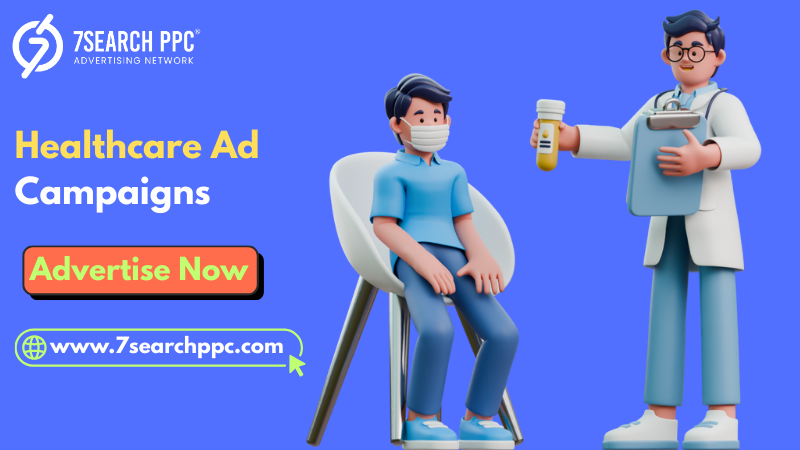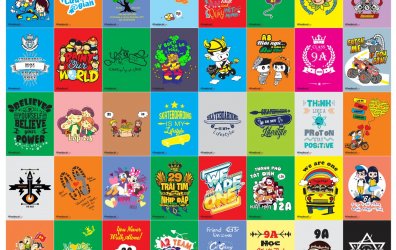gamblingad
Hey everyone, I've been experimenting with healthcare ad campaigns lately and wanted to share something I noticed. At first, I thought ads were mostly about putting out a strong general message that reached as many people as possible. But after trying a few campaigns, I realized that broad messaging often gets ignored.

My first few campaigns were very generic. I'd write something like “Get better healthcare today” and expect people to respond. But the engagement was low, and even the clicks I got didn't turn into anything meaningful. It felt like I was speaking into a void. That's when I started wondering if the problem was that the ads weren't connecting with anyone in particular.
So I tried a different approach: personalization. Instead of writing one big message for everyone, I tested smaller, more specific messages targeted at certain groups. For example, I created one ad focused on busy parents looking for convenient healthcare options and another for older adults looking for trusted services. To my surprise, those ads performed way better. People clicked, questions asked, and some even followed through. It felt like I was finally talking to real people instead of just shouting into a crowd.
Of course, it wasn't perfect right away. I had to keep testing and adjusting, but I noticed that even small touches—like using relatable language or accelerating real concerns—made the ads feel more genuine. It was less about selling and more about starting a conversation.
What really helped me understand this better was reading a guide about personalization in healthcare ads. It explained the idea in simple terms and gave me practical ways to start small. That was a big help because I didn't want to get lost in complicated tools or jargon. If you're curious, here's the guide I used: Boost your healthcare business Advertise now .
From my experience, personalization doesn't mean you need to overdo it or make every ad super detailed. It just means thinking about who you're talking to and shaping the message so it feels relevant. When people feel like the ad is actually speaking to their needs, they're more likely to engage.
At the end of the day, personalization isn't some magic trick, but it does make a real difference. For me, shifting from generic ads to more personalized ones made campaigns feel less random and more effective. I'm still figuring things out, but it's one of those changes that feels worth sticking with.

My first few campaigns were very generic. I'd write something like “Get better healthcare today” and expect people to respond. But the engagement was low, and even the clicks I got didn't turn into anything meaningful. It felt like I was speaking into a void. That's when I started wondering if the problem was that the ads weren't connecting with anyone in particular.
So I tried a different approach: personalization. Instead of writing one big message for everyone, I tested smaller, more specific messages targeted at certain groups. For example, I created one ad focused on busy parents looking for convenient healthcare options and another for older adults looking for trusted services. To my surprise, those ads performed way better. People clicked, questions asked, and some even followed through. It felt like I was finally talking to real people instead of just shouting into a crowd.
Of course, it wasn't perfect right away. I had to keep testing and adjusting, but I noticed that even small touches—like using relatable language or accelerating real concerns—made the ads feel more genuine. It was less about selling and more about starting a conversation.
What really helped me understand this better was reading a guide about personalization in healthcare ads. It explained the idea in simple terms and gave me practical ways to start small. That was a big help because I didn't want to get lost in complicated tools or jargon. If you're curious, here's the guide I used: Boost your healthcare business Advertise now .
From my experience, personalization doesn't mean you need to overdo it or make every ad super detailed. It just means thinking about who you're talking to and shaping the message so it feels relevant. When people feel like the ad is actually speaking to their needs, they're more likely to engage.
At the end of the day, personalization isn't some magic trick, but it does make a real difference. For me, shifting from generic ads to more personalized ones made campaigns feel less random and more effective. I'm still figuring things out, but it's one of those changes that feels worth sticking with.




